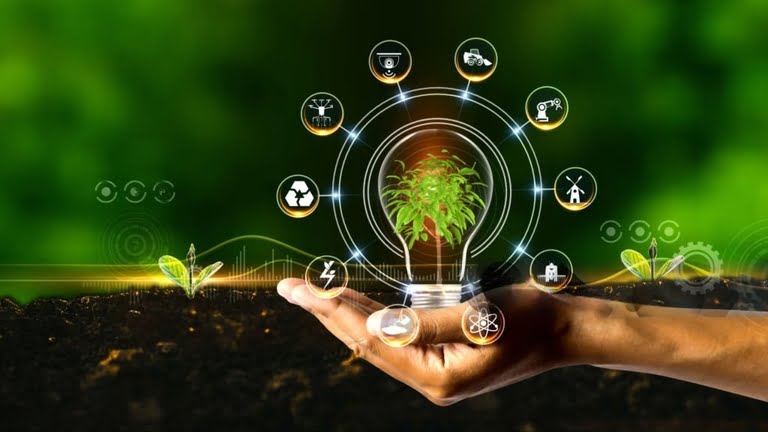
Food demand will increase with an evaluated growth of 59% to 98% by 2050 (Source: Harvard Business Review). Diminishing agricultural lands, and a shortage of finite natural resources have made the agricultural problem more critical. Now the need to improve farm yield has become critical. Moreover, farming labor in most countries has dropped. The high demand for agricultural products in India has been encouraging the incorporation of agriculture IoT for better yields.
Digital transformation is generally done in the business world, where all the business information is digitized, saved, shared, analyzed, and then decisions are made. If this is done for industries, then it is called IoT, more specifically, Industrial IoT.
IoT, in a nutshell, collects data automatically and transmits it to a central location, where it is saved, analyzed, decisions are made, and eventually used for better performance. So we can say, IoT is digital transformation done to industries. IoT in agriculture technologies includes specialized equipment, wireless connectivity, software, and IT services. IoT is eradicating these challenges and helping us to meet the demand for more food.
Changes and technical advancements are happening very fast in this area. Let us take an example in the agriculture sector. Image processing and use of Artificial Intelligence are being used for the early detection of diseases in the plants and to carry out corrective action so that the yield is maximized.
Accurate farming can not happen without fully automating the entire process of agriculture. Data collection, analysis, and corrective measure through automated processes is the order of the day for accurate farming. This is exactly what the IoT is doing.
Accurate farming is monitoring each and every individual plant, and controlling its inputs, like water, pesticide, and fertilizers. This can not be done without automating the entire process with IoT. The additional investment in IoT will ensure additional revenue since the automation will take care of each and every plant by actively monitoring its inputs and performance and adjusting the inputs.
With so much data at farmers’ fingertips, they can now detect problems at an early stage and take corrective actions to make sure crops are healthier and produce more yield. With the help of IoT, the risk is reduced which automatically makes farms more efficient and impacts operational costs.

